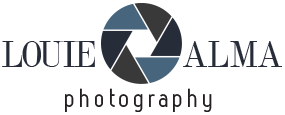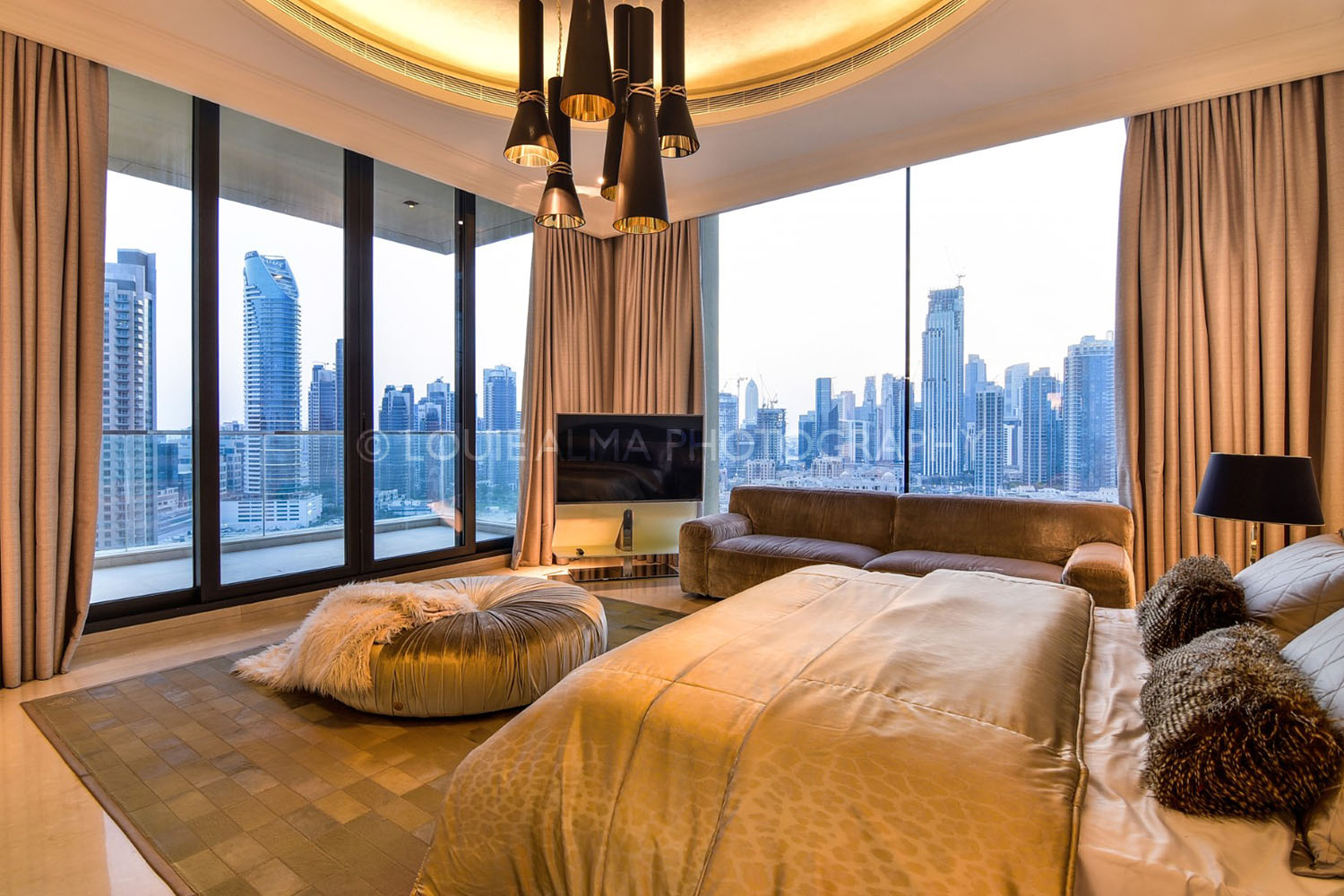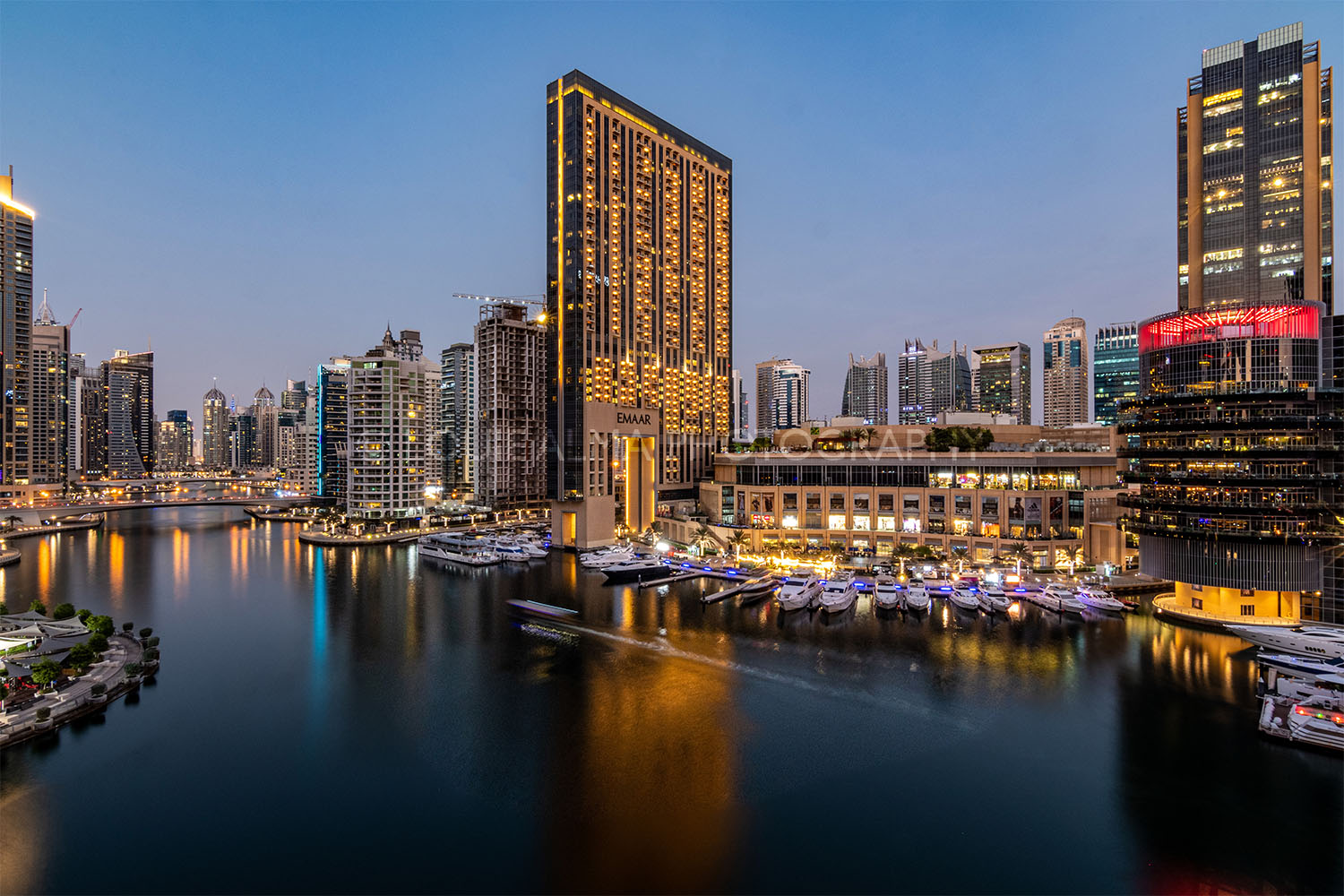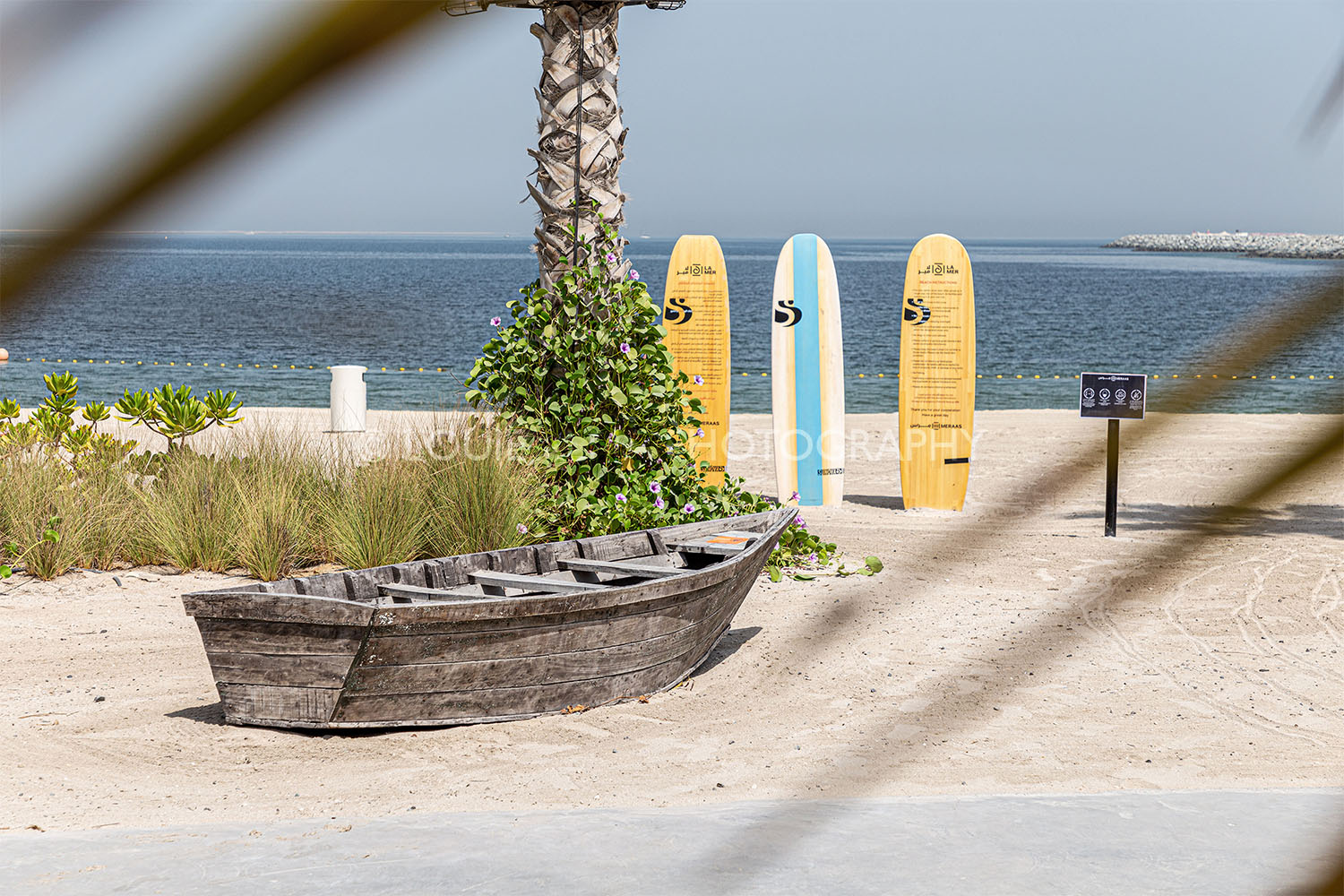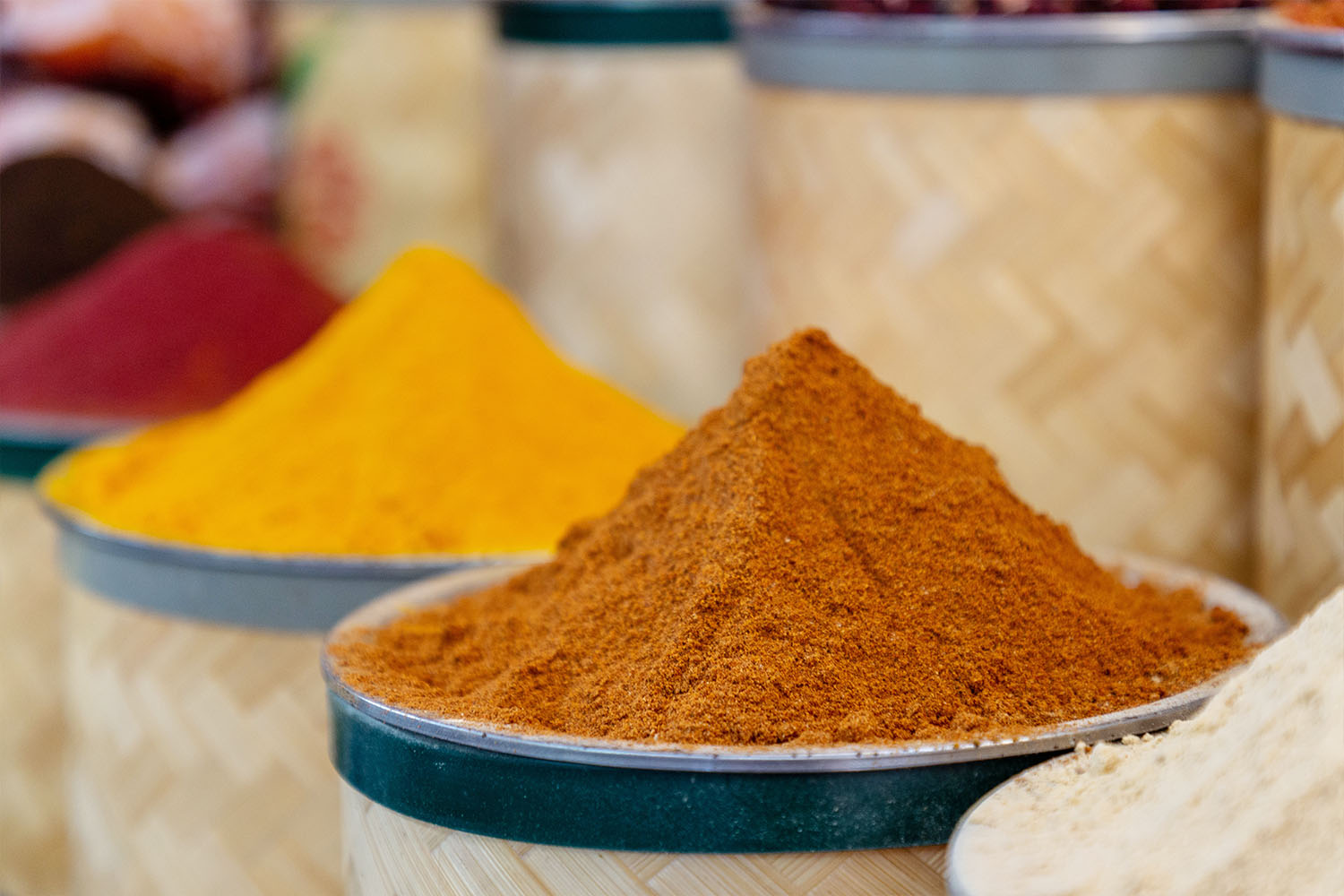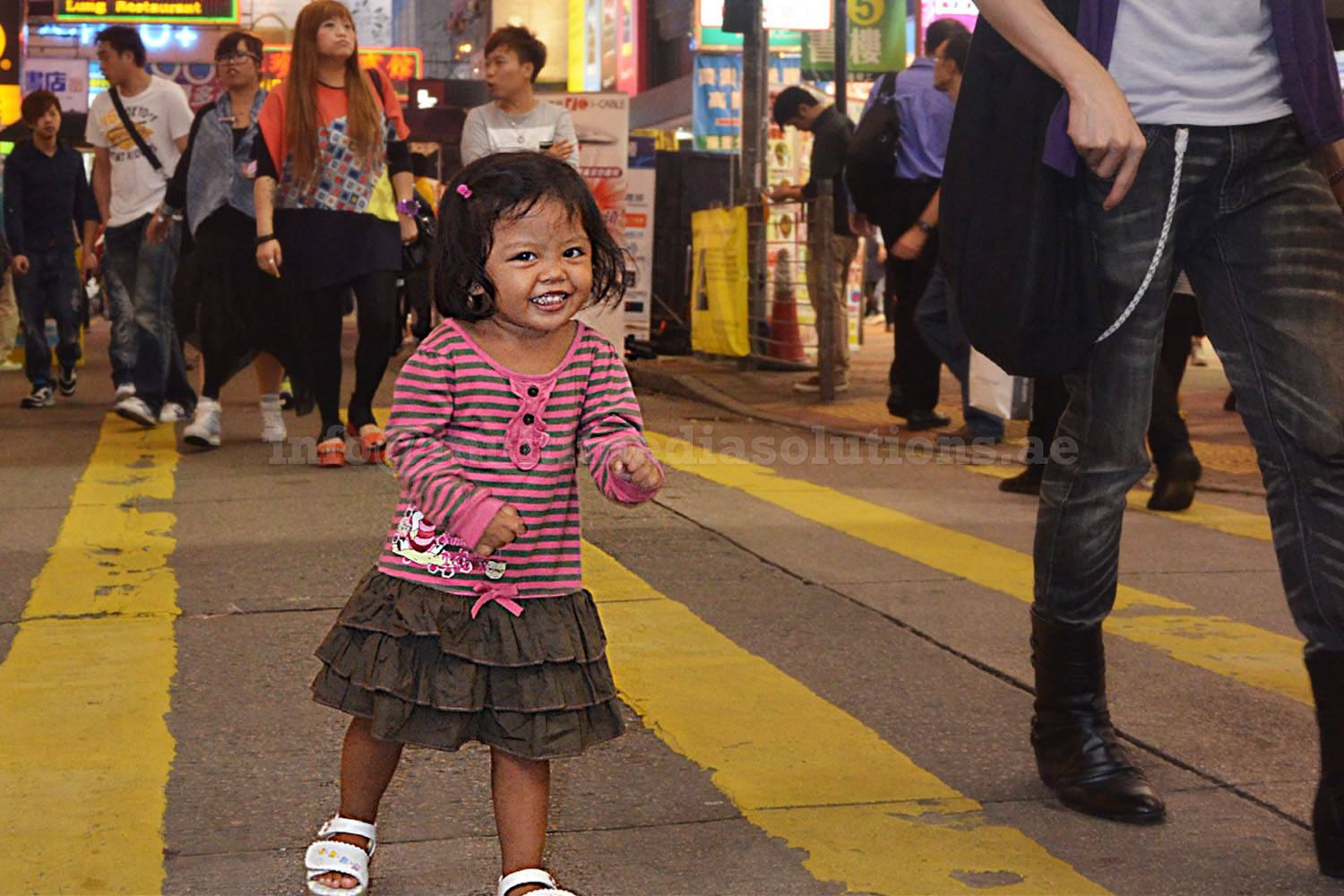DxO Silver Efex Review: Black and White Without Chemicals
It’s been a very long time since I last wound film onto a developing reel in a darkroom, mixed my developer, tempered it to the precise temperature, and then—like some alchemist—developed the film. Still, I can vividly recall those moments and, later, the excitement of darkroom printing under dim red light. But enough nostalgia. I gave away my darkroom gear long ago, and the smell of developer has been replaced by coffee sitting next to the computer on which I now edit black-and-white photographs using DxO Silver Efex.

